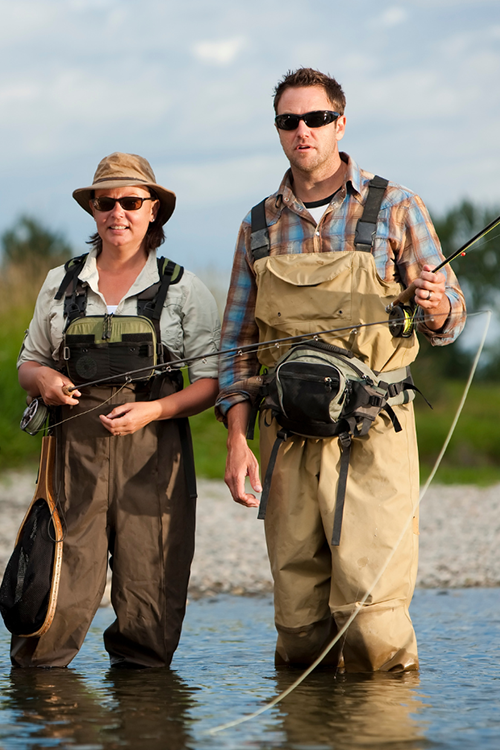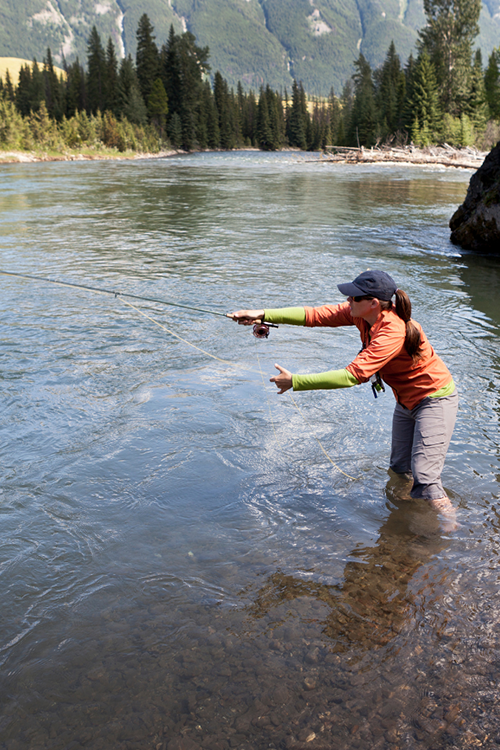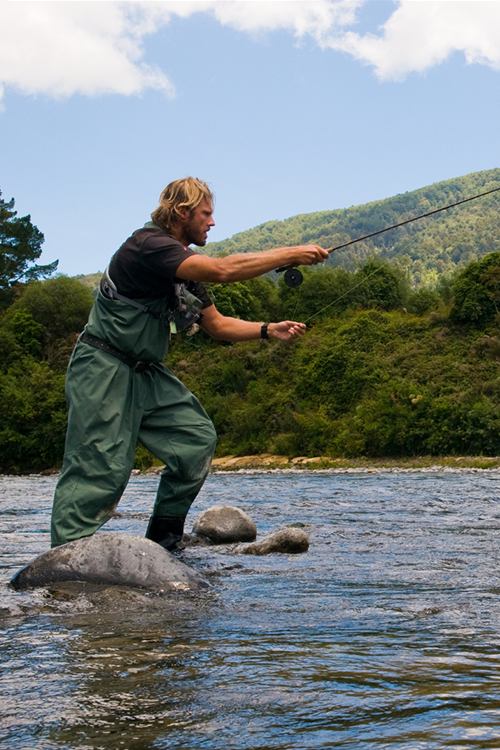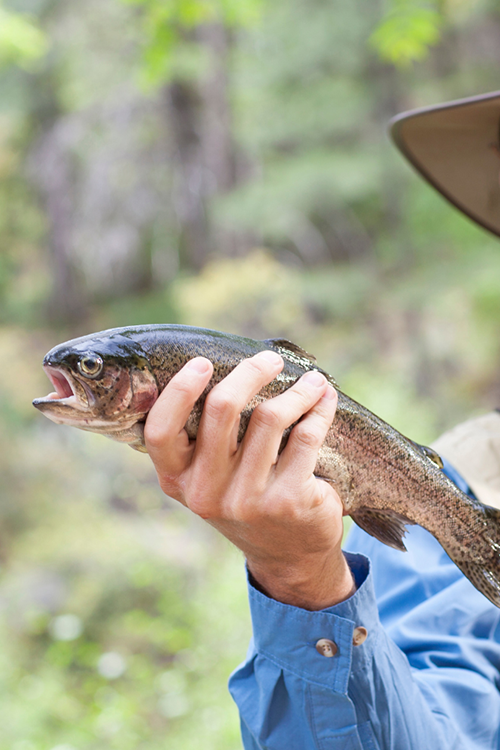You must be excited about your next fishing adventure. Why wouldn't you? It is one of the best activities that connects you with nature and is, to be honest, a lot of fun. But it won't be that much fun if you don't have proper fly fishing tackle and gear.
There are countless tools and pieces of gear to get acquainted with; even familiar items may have different names. Tippet is a special line material used to top off leaders. Available in different thicknesses and often sold on spools. Fly fishers rely on quality tackle and gear to enhance their fishing experience and increase their chances of success on the water.
There are countless tools and pieces of gear to get acquainted with; even familiar items may have different names. Tippet is a special line material used to top off leaders. Available in different thicknesses and often sold on spools. Fly fishers rely on quality tackle and gear to enhance their fishing experience and increase their chances of success on the water.
Rod
Fly rods come in an assortment of tapers, actions, and flex patterns. Finding the ideal rod can be intimidating for novice buyers, as there is a wealth of information and opinions available to form an informed opinion.
1.When selecting a rod, several key considerations must be kept in mind.
2.First and foremost is making sure its line weight matches up with what fish you intend to target.
3.This ensures it can support and fight any fish that come your way.
4.For most applications, moderate- to fast-action rods with flexible bottom sections are best.
This type of rod allows for quick recovery after casting and increases the chances of hooking fish more effectively.
1.When selecting a rod, several key considerations must be kept in mind.
2.First and foremost is making sure its line weight matches up with what fish you intend to target.
3.This ensures it can support and fight any fish that come your way.
4.For most applications, moderate- to fast-action rods with flexible bottom sections are best.
This type of rod allows for quick recovery after casting and increases the chances of hooking fish more effectively.



